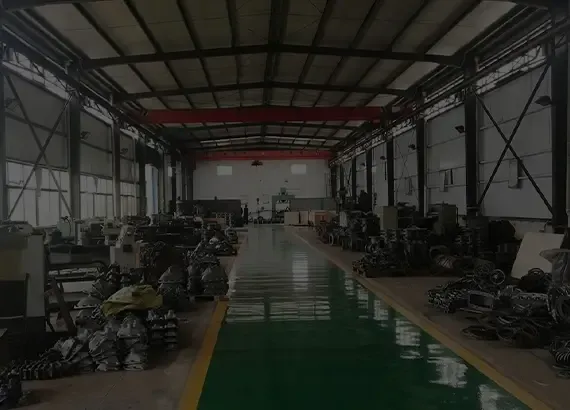Dec . 05, 2024 15:00 Back to list
Flange Type Ball Valves for Efficient Fluid Control Systems
Understanding Ball Valve Flange Types An Overview
Ball valves play a crucial role in various industrial applications, offering reliable shut-off capabilities and exceptional flow control. Among the different design features of ball valves, flange types are particularly important as they dictate the ease of installation and integration into existing piping systems. This article aims to provide a comprehensive overview of ball valve flange types, their characteristics, applications, and considerations for selection.
What are Flange Types?
Flanges are mechanical components that connect two pipe sections, allowing for quick and easy maintenance. In the context of ball valves, flanged connections facilitate the attachment of valves to pipelines, ensuring a secure and leak-proof fitting. There are several flange types, with the most common being the raised face (RF), flat face (FF), and ring-type joint (RTJ) flanges. Each type has its unique characteristics and is selected based on specific applications and system requirements.
1. Raised Face Flange (RF)
The raised face flange is one of the most widely used types in ball valve applications. Its design features a raised portion in the center of the flange that compresses the gasket when bolted to another flange. This design enhances the sealing capability and is suitable for a variety of industrial settings, including water treatment, chemical processing, and oil and gas applications. The RF flange is compatible with various gasket materials, making it versatile for different media types.
Flat face flanges, as the name suggests, have a completely flat sealing surface. This type is typically used in low-pressure applications or where the bolting assembly needs to resist bending moments from misalignment. While flat face flanges are less common in high-pressure systems, they are excellent for applications with low structural loads and are often seen in the food and beverage industries, where cleanliness and sterility are paramount.
3. Ring-Type Joint Flange (RTJ)
Ring-type joint flanges are designed for high-pressure and high-temperature environments, making them suitable for industries such as petrochemicals and power generation. This flange type incorporates a groove for a metal ring gasket, creating a strong seal that can withstand extreme operating conditions. The RTJ flange ensures that the connection remains hermetic, significantly reducing the risk of leakage.
ball valve flange type

Factors to Consider When Choosing Flange Types
Selecting the appropriate flange type for a ball valve involves several considerations
- Pressure and Temperature Ratings Each flange type has specific pressure and temperature limits. It’s crucial to ensure the selected flange can handle the operational conditions of the system.
- Medium Compatibility The nature of the fluid—including corrosiveness, temperature, and pressure—will influence the choice of the flange type, as some materials may not be suitable for certain applications.
- Installation and Maintenance The ease of installation and maintenance must also be evaluated. Flanged ball valves are typically easier to install and maintain compared to welded connections, making them a preferred choice in many applications.
- Standard Compliance Adhering to relevant industry standards (such as ANSI, ASME, or API) is essential to ensure safety and interoperability within the system.
- Cost Considerations While performance is paramount, budget constraints may also influence the choice of flange type. It is essential to assess the long-term benefits vs. the initial costs of the flange and valve arrangement.
Conclusion
In summary, understanding the different types of flanges for ball valves is fundamental for engineers and technicians involved in the design and maintenance of piping systems. The choice between raised face, flat face, and ring-type joint flanges will depend on various factors such as pressure, temperature, compatibility with the medium, and installation requirements. By carefully evaluating these considerations, one can ensure optimal performance and longevity of ball valve systems in their respective applications.
Share
-
priming-a-pump-with-a-foot-valve-with-strainerNewsAug.23,2025
-
the-importance-of-a-y-strainer-in-pump-protectionNewsAug.23,2025
-
stainless-steel-ball-check-valve-for-high-purity-applicationsNewsAug.23,2025
-
common-applications-for-wafer-type-butterfly-valvesNewsAug.23,2025
-
seat-options-for-a-12-inch-knife-gate-valveNewsAug.23,2025
-
the-lifespan-of-a-typical-dismantling-jointNewsAug.23,2025


